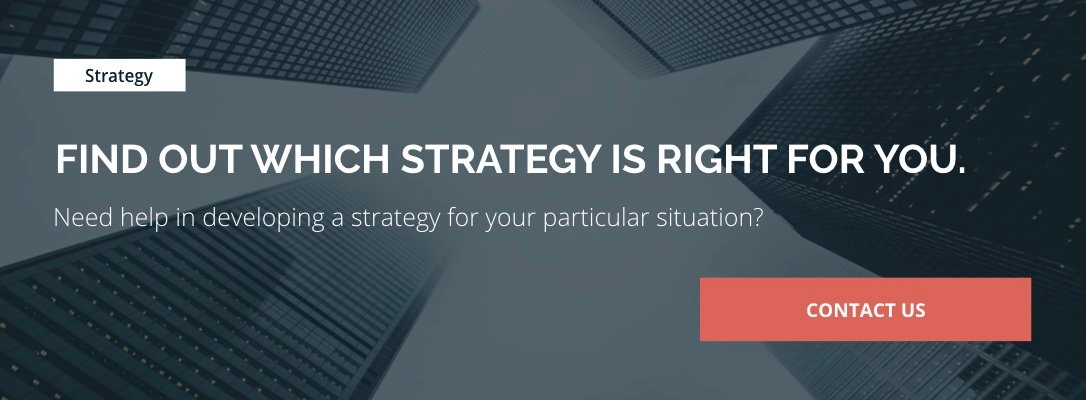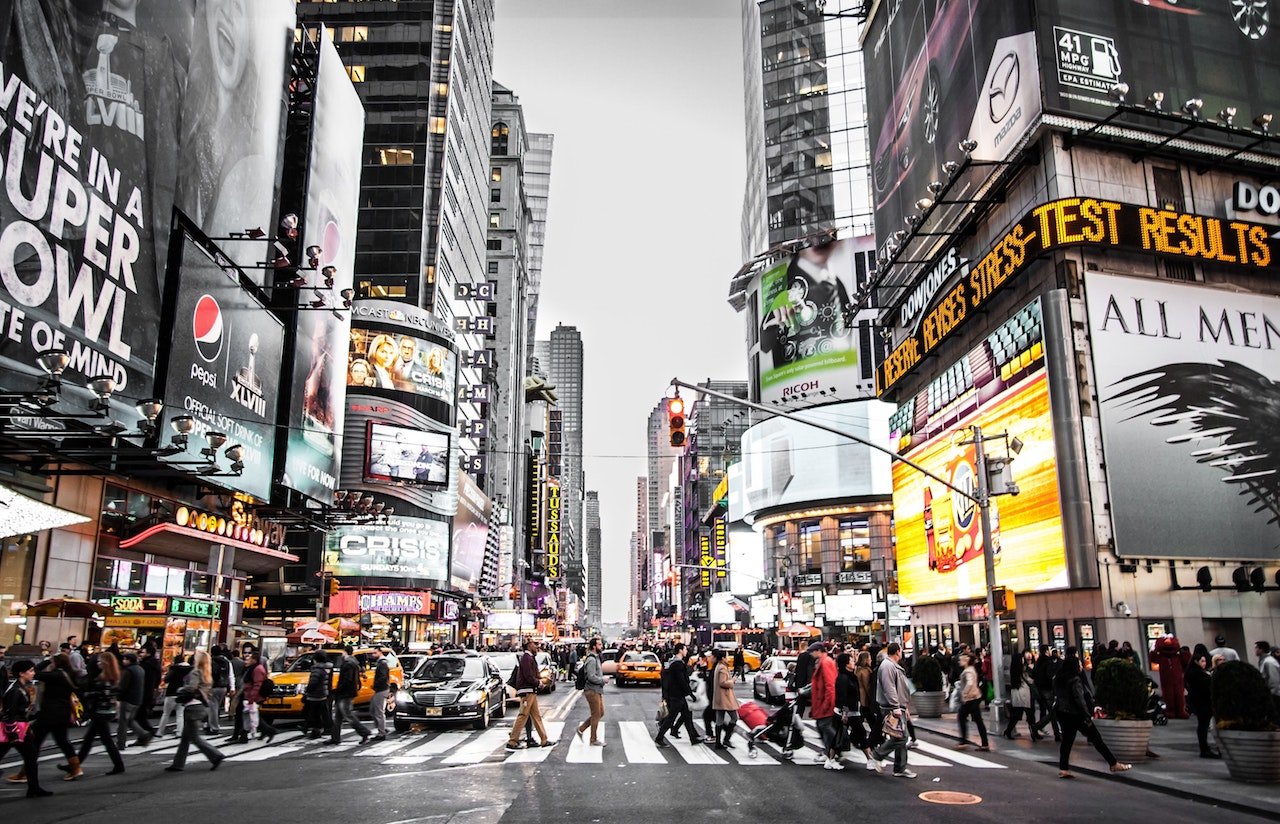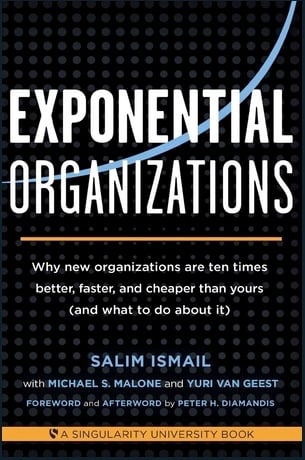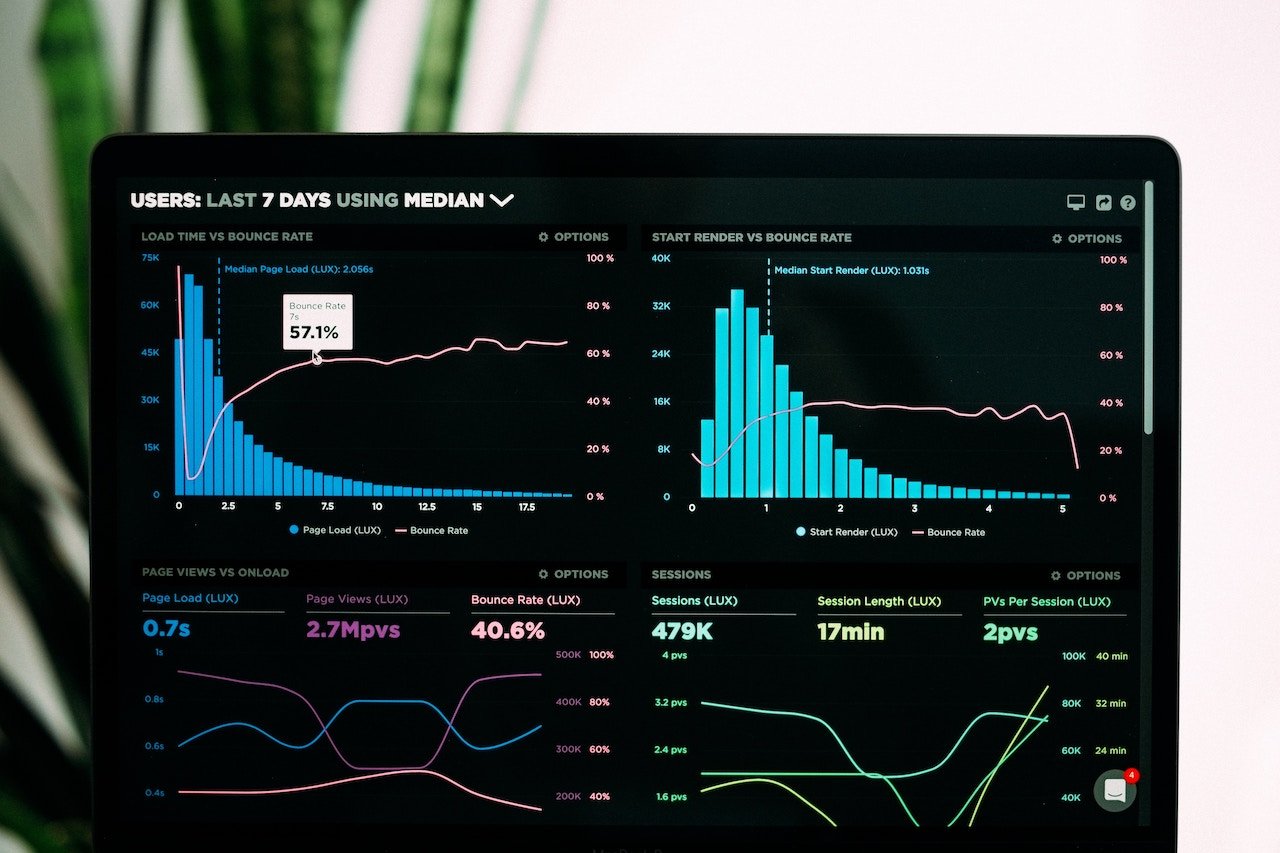How do you prepare for the unpredictable?
While some businesses leverage disruption to their advantage like second nature — many companies are falling behind.
Where others enjoy better workforces, efficient operations, and improved customer experiences, some continue to struggle at the back foot of change as another wave of disruption looms on the horizon.
So what’s the game changer? Strategy. Seeing disruption before it hits and responding appropriately.
Most organisations don’t have a game plan to navigate the evolving business landscape. Nor do they bother to predict trends and track challenges or opportunities that lie on their radar and that makes all the difference.
So how do you get better at keeping your finger on the pulse and preparing your business for disruption?
Insight: Disruption affects all organisations. Businesses need to determine a sound strategic response that sets the best course of action to ensure success.
Data: 63% of 3,600 companies face high levels of disruption. 44% show severe signs of susceptibility to future disruption. (Accenture)
What’s the step change: Prepare for emerging disruptive trends and leverage them to one's advantage.
What Disruption Looks Like In 2025 And Beyond
Let’s face it — every business is bound to face some type of disruption. In fact, industries we thought were safe (such as government services and finance) are fighting for relevance.
In the next 10 years, the business landscape will experience a radical shift — with AI technology reimagining products and services as we speak. There’s no way to stop disruption in its tracks. But you can prepare for it by identifying its drivers and crafting a strategic response.
The top disruption drivers for 2024 and beyond encompass three key areas: technology, consumers, and society.
1. Technology: Generative AI, Metaverse, Finance
AI isn’t just the future — it’s the present. In the past year alone, it’s moved beyond abstract concepts and futuristic speculation to become a practical tool integrated into daily life.
Generative AI, a standout within this evolution, goes even further by not just analysing data but creating new content and solutions.
Tools like ChatGPT are designed for natural language processing, DALL·E for generating images from text prompts, and advancements in synthetic data that fuel industries like healthcare, design, and entertainment.
Other tech-focused disruption to look out for:
- Metaverse and digital twins tech for creating virtual stores and optimising operations.
- Smarter machines like Alexa in homes and robots in Tesla factories are enhancing convenience and efficiency.
- Blockchain ensuring transparency, NFTs for monetising art, and Bitcoin for reshaping money.
- AR, VR, and XR tech, such as IKEA’s AR app to visualise furniture, and VR platforms like Oculus to elevate gaming and training.
- Decentralised finance opens global financial access through platforms like Wise and Uniswap.
How to counter it:
It’s not about guessing what AI might do — it’s about using what it can do today to transform the way we work and live.
Not every one of these technologies will transform your business landscape. However, some of them hold the potential to change the way people work and shift the value chain.
For example, not all consumers align with AI-driven interactions such as AI art, and it's crucial for businesses to be in tune with that sentiment before rolling generative AI into everything. It’s important to understand how to use AI properly, ensuring that it enhances, rather than alienates, your audience.
2. Business: Hyper-Personalisation, Optimisation, Cost, Productivity
On top of hyper-personalisation in customer experiences — leveraging AI tools to optimise processes, reduce costs, and enhance productivity at scale is revolutionising how businesses operate. This shift empowers organisations to adapt quickly to market changes while maintaining a focus on customer-centric strategies.
Business disruption can look like:
- Customers shaping their own journeys from Netflix subscriptions to Amazon self-service.
- Knowledge made accessible with platforms like Coursera and Wikipedia.
- Tools like Shopify and Fiverr empowering individuals to launch businesses and offer services independently.
- Remote and hybrid work redefined with Slack and Zoom, which set the standard for virtual collaboration.
- Autonomous organisations and AI-driven decisions revolutionising business operations with minimal human input.
How to counter it:
Focus on understanding and addressing your customers' needs first. While AI-driven solutions are valuable, don’t blindly adopt them.
Assess whether your team and your customers truly need them and whether your organisation has the resources to adapt to the associated learning curve and gain buy-in.
By empowering them with the mindset, skills, and tools to deliver a seamless, customer-centric experience, you lay the foundation for sustained business success.
3. Society: Burnout, Mental Health, Wellbeing
Digital mental health solutions are driving growth in AI-driven platforms addressing burnout and well-being.
As we face massive societal shifts, these innovations are transforming not just how we live but how we do business. From sustainability to ethics, these changes are reshaping consumer and business decisions alike.
Societal disruption to watch out for:
- Sustainability as a competitive edge such as the success of Patagonia’s eco-focus.
- Navigating inflation and economic challenges as companies raise prices to manage costs.
- Cultural fusion through globalisation such as Nike’s Virgil Abloh collabs and McDonald’s local menus.
- Microtrends shaping niche markets — from Glossier’s minimalist skincare and Fenty Beauty’s inclusivity cater to specific consumer needs.
- The rise of health, wellness, and authenticity — think Whole Foods championing healthy living, Peloton thriving on wellness, and Lush upholding cruelty-free sustainability.
How to counter it:
Businesses need to recognise and respond to these shifts by aligning with societal values and engaging with the broader environment.
But don’t forget where the human sits in all of this.
While technology can be a powerful tool, there’s a risk of further isolating people through hyper-personalisation, creating niche bubbles where individuals become more disconnected.
A conscious effort must be made to highlight the importance of real, genuine interactions — these are key to delighting, surprising, attracting, and nurturing consumers in ways that tech alone can’t.
Data In the Time of Disruption
In any case, data becomes your most valuable asset — whether you're facing disruption in any or all three areas. The question then shifts from what kind of disruption are you facing into:
- Can you get the data?
- Can you use the data?
But it doesn’t stop there.
It’s not just about collecting data, but also about how you observe and interact with your environment.
Discernment through data and keen observation is key to making sense of the disruptions around you. Once you have the data and the processes to distil meaningful insights, you can use them to create value across connection, delivery, personalisation, status, and innovation.
Tying It Together
Disruption is inevitable and will affect your business. However, rather than reacting blindly, we should focus on building the resilience to respond thoughtfully. Disruption is natural, and while some patterns are predictable and complicated, others are complex and dynamic — it’s still possible to navigate them with the right approach.
When organisations are equipped to understand these disruptions, challenges become opportunities. By staying informed about the key factors driving change, you can build a robust strategy, make informed decisions, and plan ahead. This is how you can manage and leverage change, ultimately setting your business up for success no matter what disruption comes your way.
Download our 2025 Disruption Drivers One Pager
With disruption coming at you from all fronts, stay ahead of the playing field with Step Change’s 2025 Disruption Drivers PDF which:
- Identifies over 30 potential disruptors that could affect your business
- Covers the key categories of technology, consumers, and society
- Defines 5 ways you can deliver value in today’s fast-changing landscape
Get your 2025 Disruption Drivers copy today!

















